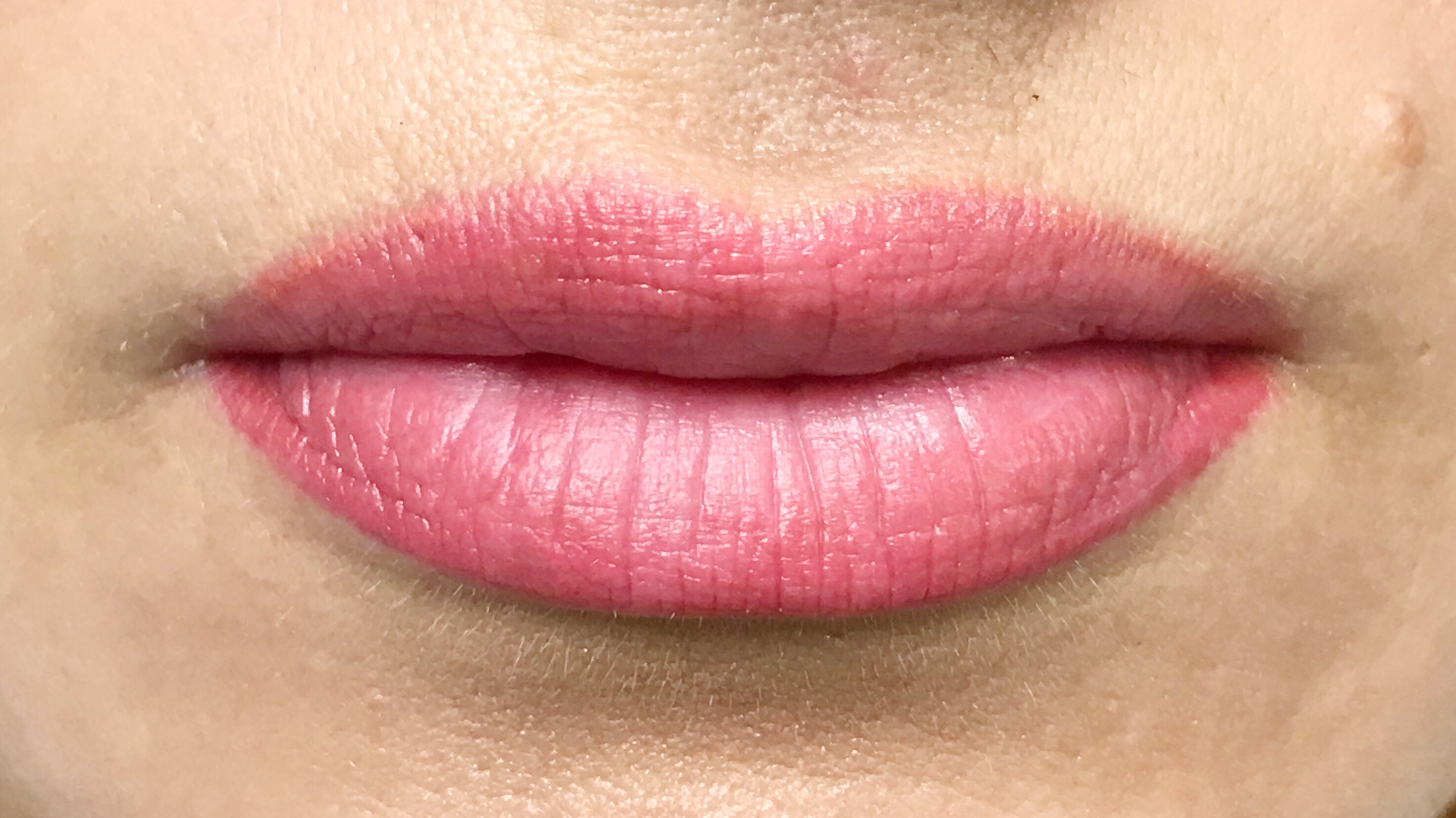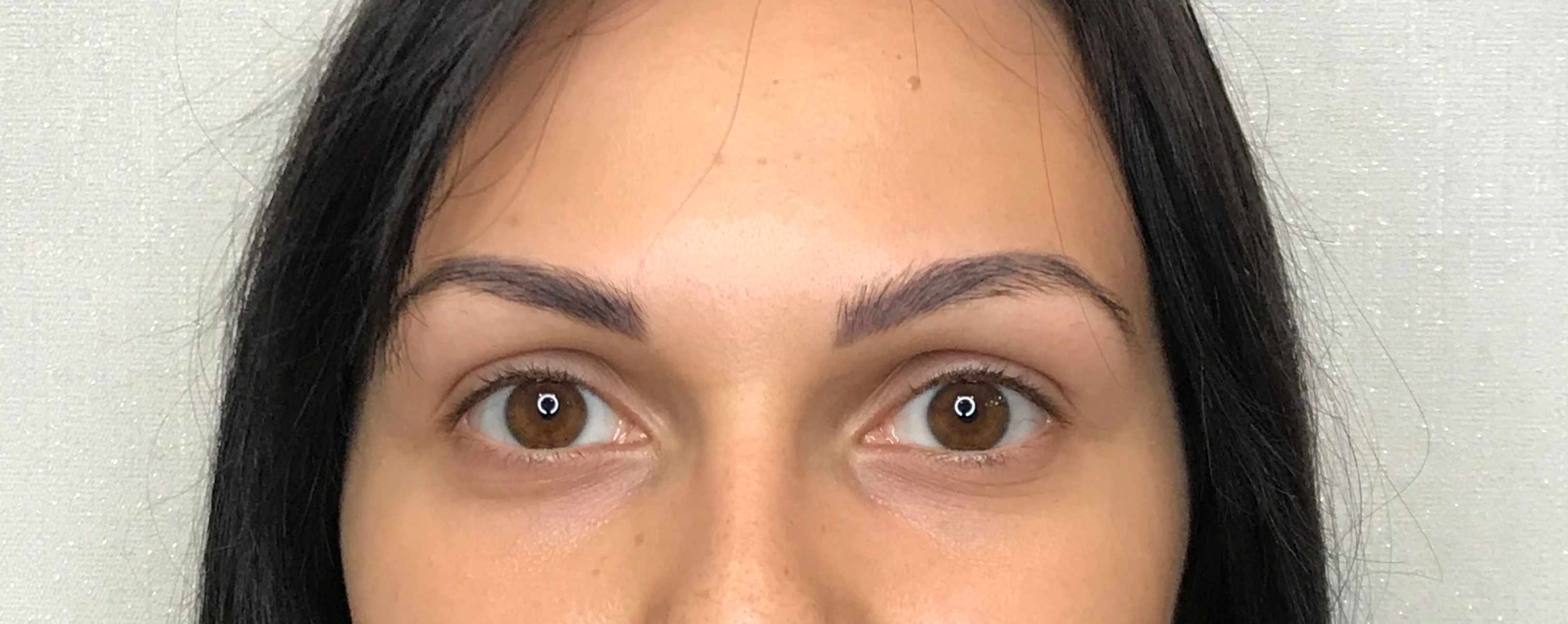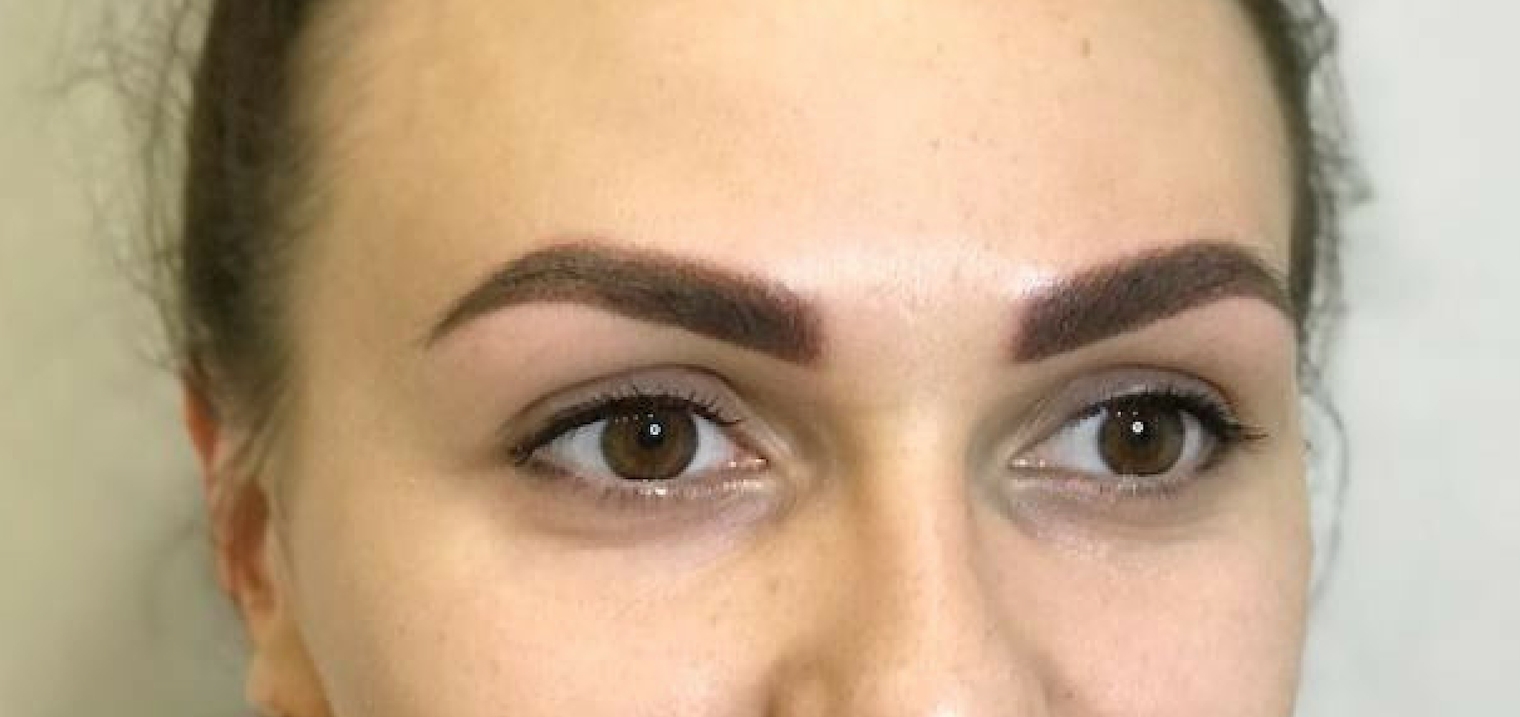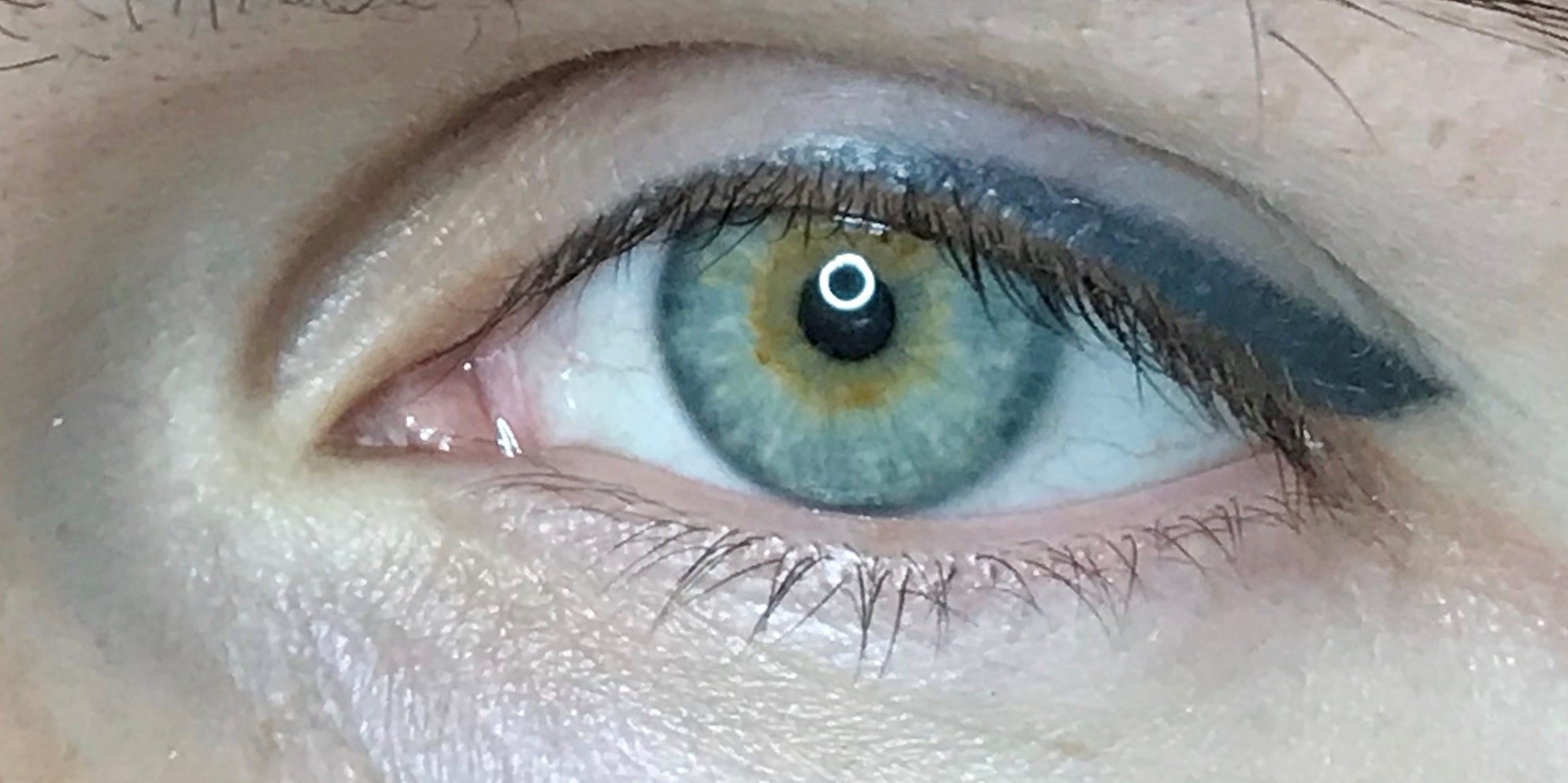Low-quality permanent makeup: instructions for overlapping
Expert advice

Correcting permanent makeup is a difficult task even for experienced masters. Consider the main issues and traps that lie in wait for the master
Valeria Sadakh , licensed trainer and representative of iColor Academy, international master, head of the IMAGE PM school studio (Kyiv), entered the top 10 beauty masters of Ukraine according to the Stella International Beauty Awards (2017, 2018), judge of PM championships, member association KSSK, lecturer and expert on laser removal
Correcting permanent makeup is a difficult task even for experienced masters. To do this work qualitatively, it is necessary to understand the characteristics of the skin, pigments and many other details. Consider the main issues and traps that lie in wait for the master
Today I propose to talk about the most popular technique that requires fundamental knowledge, experience and patience, which all permanent makeup masters have to deal with in almost 50% of cases - about correcting and covering up a low-quality tattoo.
If you are waiting for some magical mix and recipe for all occasions, I will disappoint you: there is none. Each work is individual, and I want to teach you how to think and analyze, so as not to make even bigger mistakes.
There are several ways to deal with low-quality tattoo:
- laser is a quick and non-traumatic method of getting rid of an old tattoo. Cons :
- contraindications;
- color change (this process is not always appropriate);
– does not work with camouflage pigments;
- time frame (long process of color removal);
- remover:
- can “facilitate” dense coloring locally (blur the corners of the eyebrows, etc.);
– brightens without changing the color;
– controlled amount of residue;
- with its help, the master can remove part of the pigment directly during pigmentation;
- works on camouflage.
Cons :
- traumatization of the skin;
- long period of removal;
- overlap - neutralization of an unwanted shade and the creation of a harmonious permanent make-up on an existing tattoo. Cons :
- it is possible to work only with a small amount of pigment on the skin with a uniform color;
- does not guarantee long-term wear, requires additional procedures and good knowledge of color, neutralization of colors and skin feeling.
Let's take a look at this topic. I will try to answer the most frequently asked questions that do not lose their relevance. And refresh the basic knowledge that will definitely come in handy in carrying out the overlapping procedure.
Overlapping: when and how?
To begin with, it is necessary to decide whether, in principle, it is worth blocking a low-quality PM. So, in what case does overlapping make no sense?
- If the tattoo is too bright and has clear boundaries (you can if you need to add color by 70%).
- If the pigmented area has a non-uniform color.
- If the volume of the existing tattoo is the maximum width and there is nowhere to increase it (wide eyebrows that go beyond the contour of the lip, long arrow)
Most clients who want to update the color of the tattoo have a shade that does not match the previously applied one.
Why does color change occur and what determines the durability of the pigment?
Getting into the skin, the pigment changes its chemical composition. Once in the aquatic environment (since the cells of the dermis, in which the pigment is located, contain moisture), it oxidizes and gradually changes under the influence of external and internal factors occurring in the human body.
But I want to explain why, over time, the color of permanent makeup does not just lighten, but changes to an undesirable shade. This is due to the instability of one of the coloring substances in the composition of the pigment: having lost one share from its composition, the color becomes different. You need to understand what color is missing and by filling in the missing shade, you will get the desired color.
Color Stability Chart:
- white - stable;
- black - stable;
- red - very stable;
- green - stable;
- blue - very stable;
- yellow is unstable.
The remaining pigments are derivatives to create other colors and their shades.
The predominant amount of one dye (especially stable) in the composition of the pigment determines which color can appear to a greater extent over time.
Most of all, brown shades are subject to color change. A brown pigment with a predominance of black, lightening with time, will fade into a gray scale. Brown with a predominance of red - in reddish-pink. A brown with a high yellow content and a minimal red content is lightened almost unchanged.
The black pigment, lightening, will go into gray, provided that it is placed at the right depth (if the black pigment is put deep, it will turn dull and blue). White - turns yellow and changes the structure of the skin.
The remaining color in the skin depends on :
- the quality of the dry coloring matter (organic or inorganic);
- proportions and color stability in the composition of a particular pigment.
The density of the pigment in no way affects the quality.
In order to understand which shade prevails in your pigment, put a drop of paint on a sponge or damp cloth and look at the stains that form around. This is the predominant shade that will remain in the skin.
The essence of the procedure for overlapping is adding color, saturation and giving a new shape to an existing tattoo. If your client is the owner of a tattoo that has changed its color and looks unaesthetic, you must first neutralize it (provided that the tattoo is light enough), and then add the desired shade. If the old work is bright, do not undertake to cover it - you will not be able to change the old tattoo with your pigment, it will not take root. New techniques are too superficial and modern pigments are not as dense. The brightness of the old tattoo must be removed (by any of the above methods).
In the photo - the work of the author (before and after the procedure):
Continued here
The material was first published in Permanent No. 4(12)/2018
Read also
- Skin properties and color types, or why color is so important in a permanent
- "Pitfalls" of PM and how to avoid them for a novice master
- The cost of the service, or How to determine the price of permanent makeup
- Oily skin and permanent makeup: acceptable techniques
- Permanent Makeup Removal: When is a laser preferred?
- Complex permanent make-up: master's difficulties and client's fears
- It cannot be corrected: when does permanent makeup need to be removed?
- Shot
- Permanent makeup






